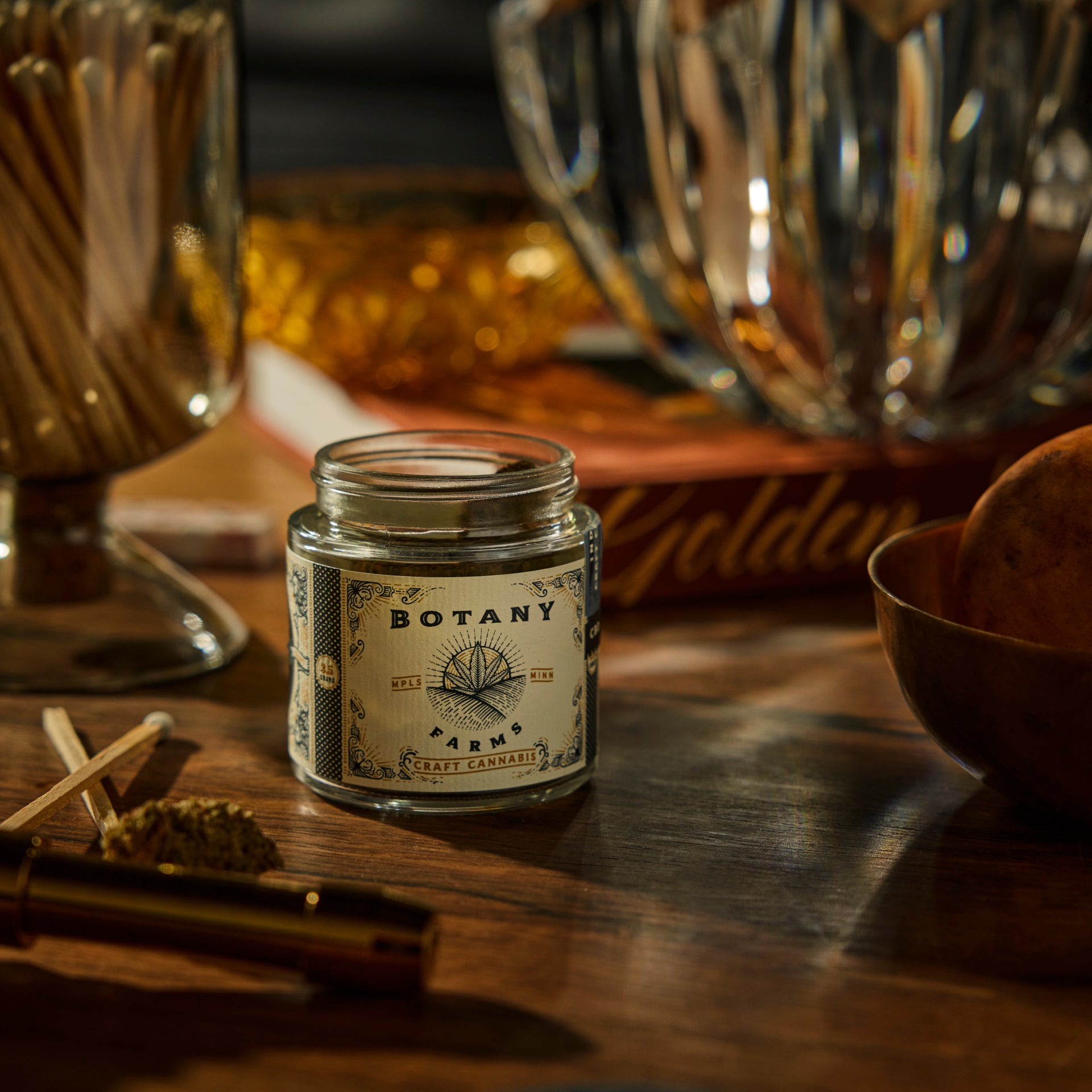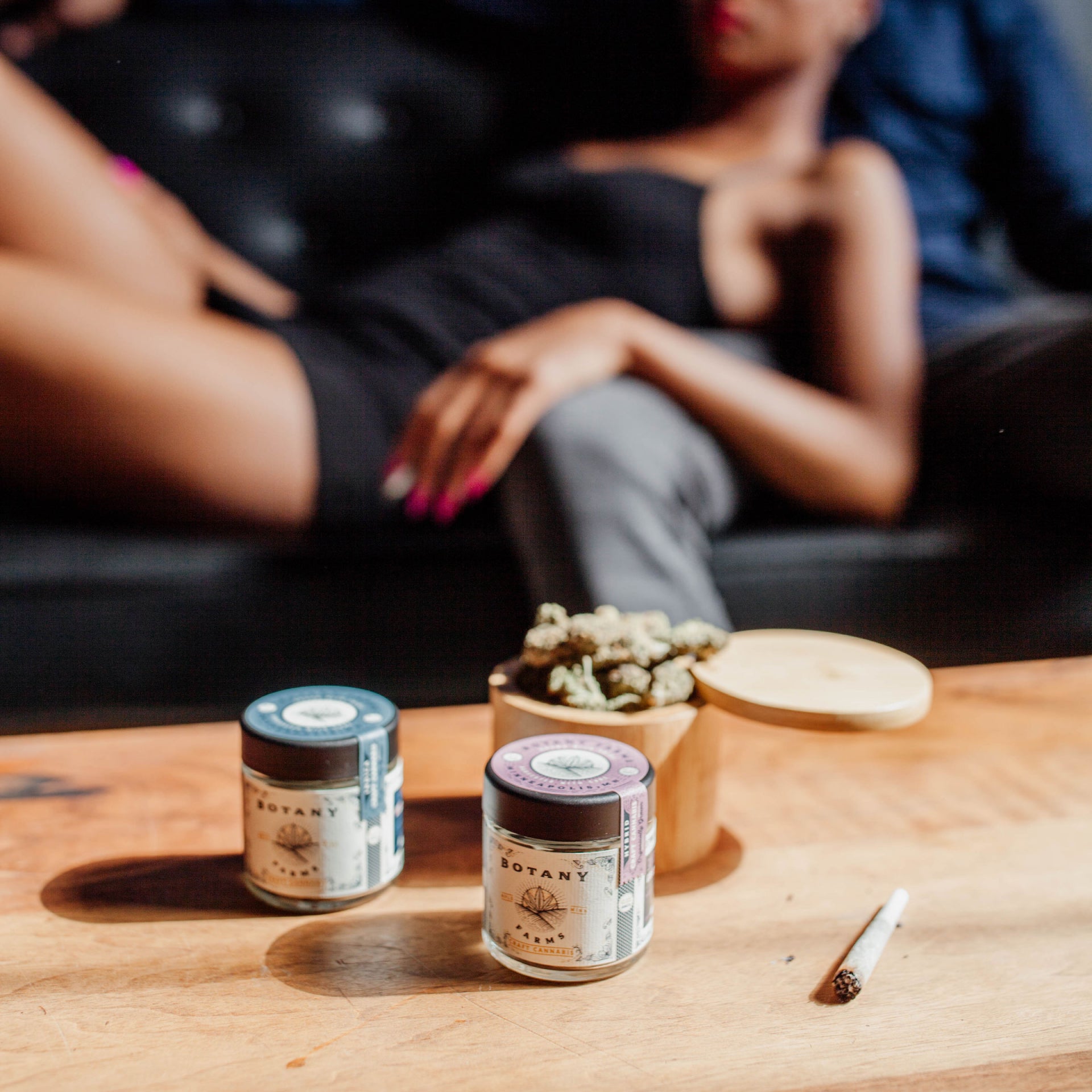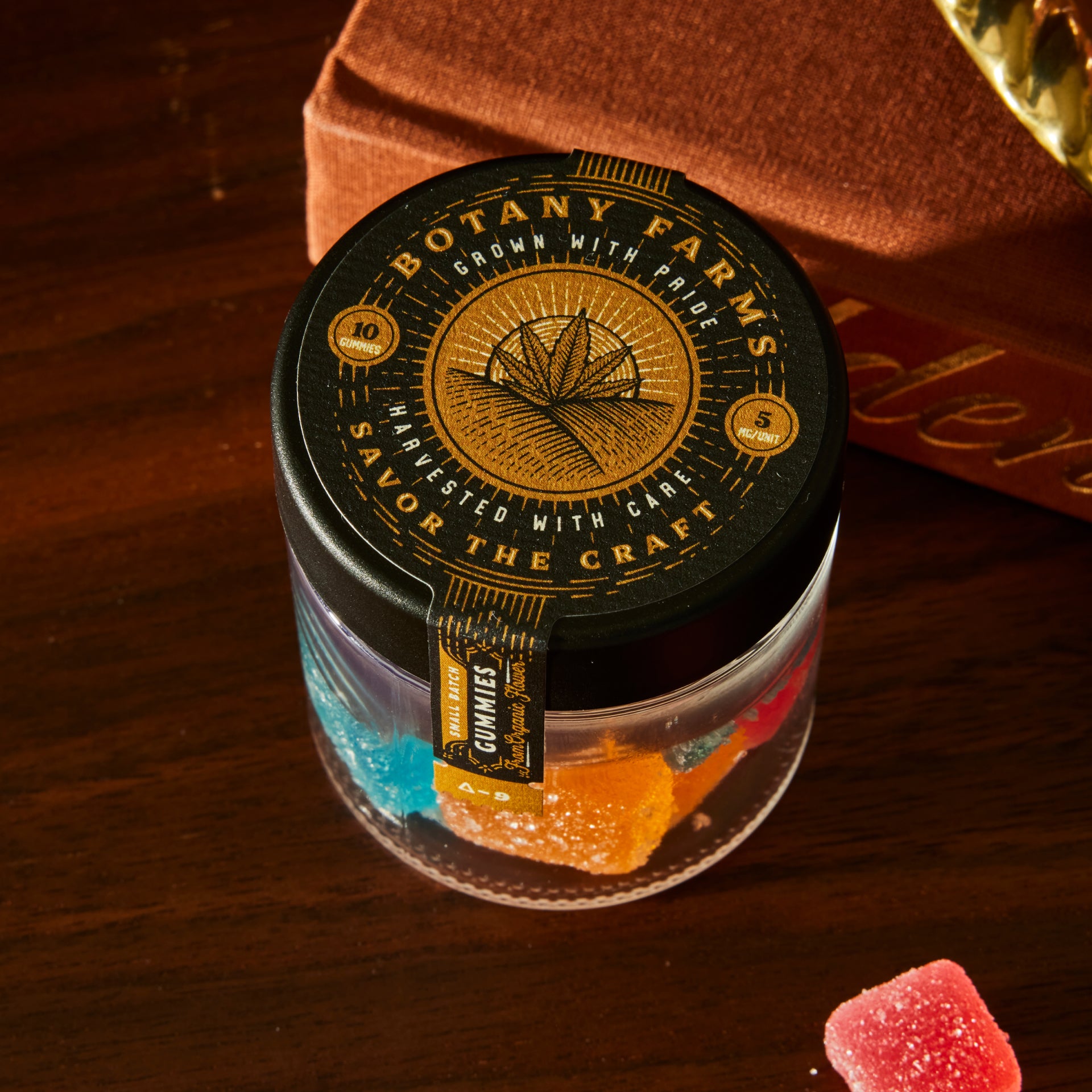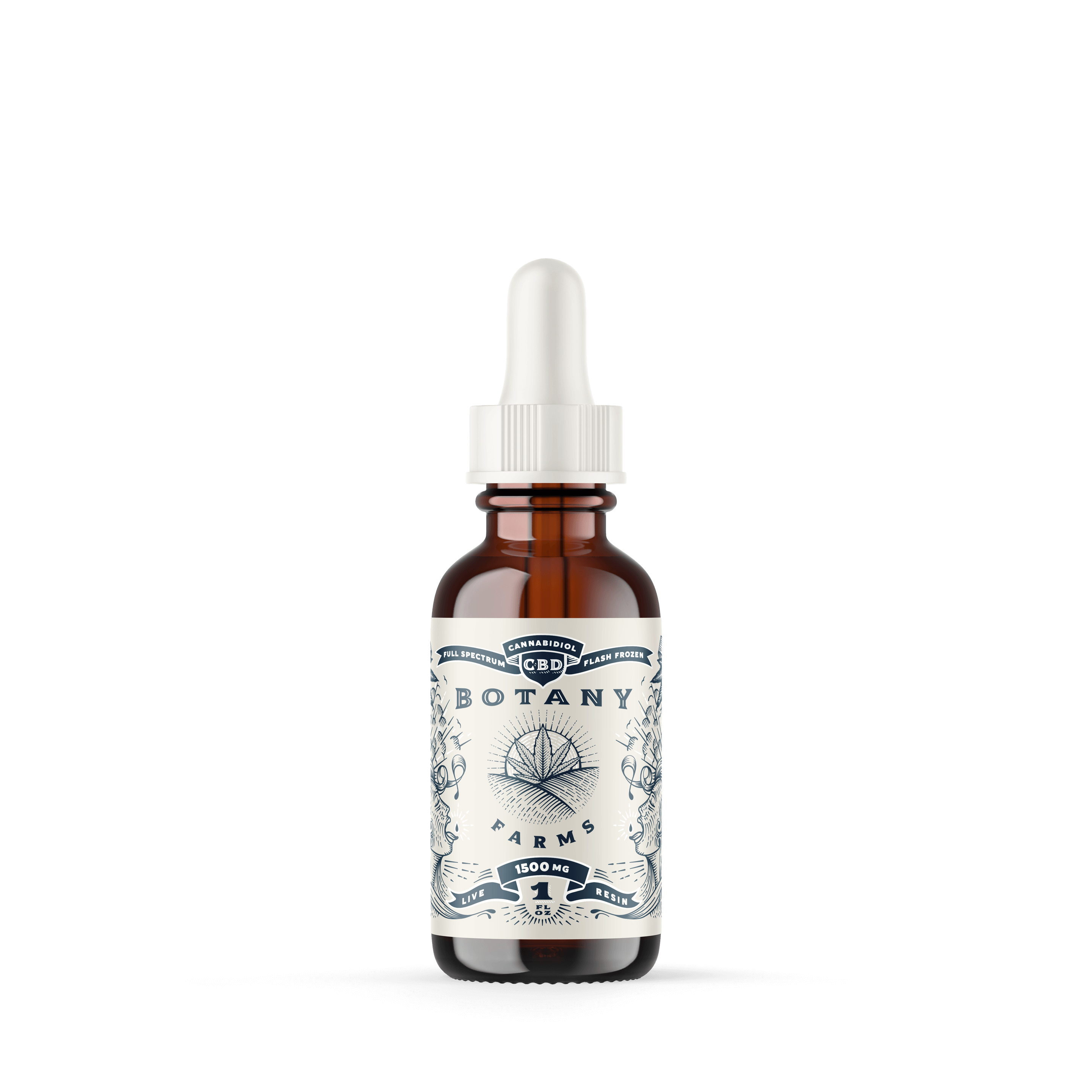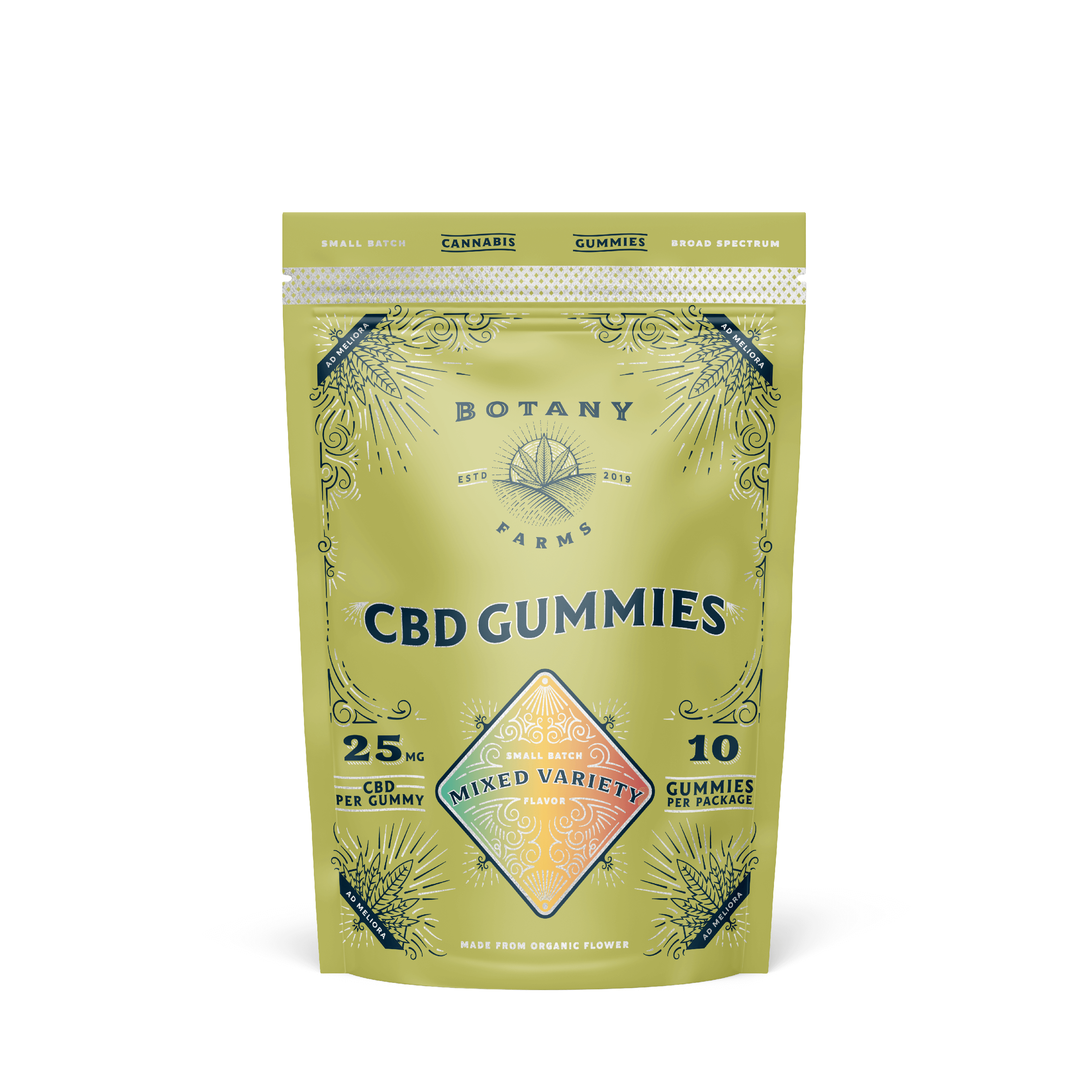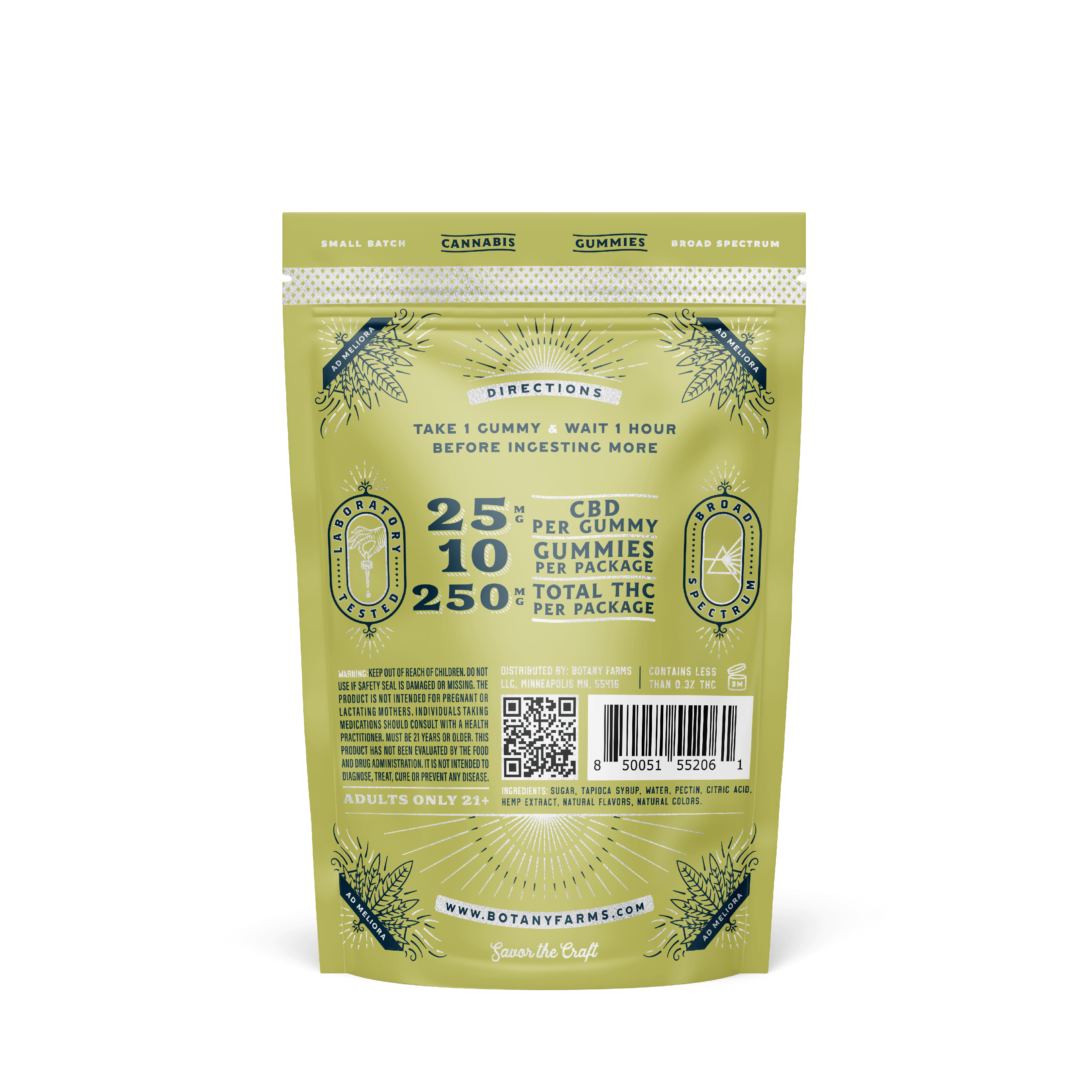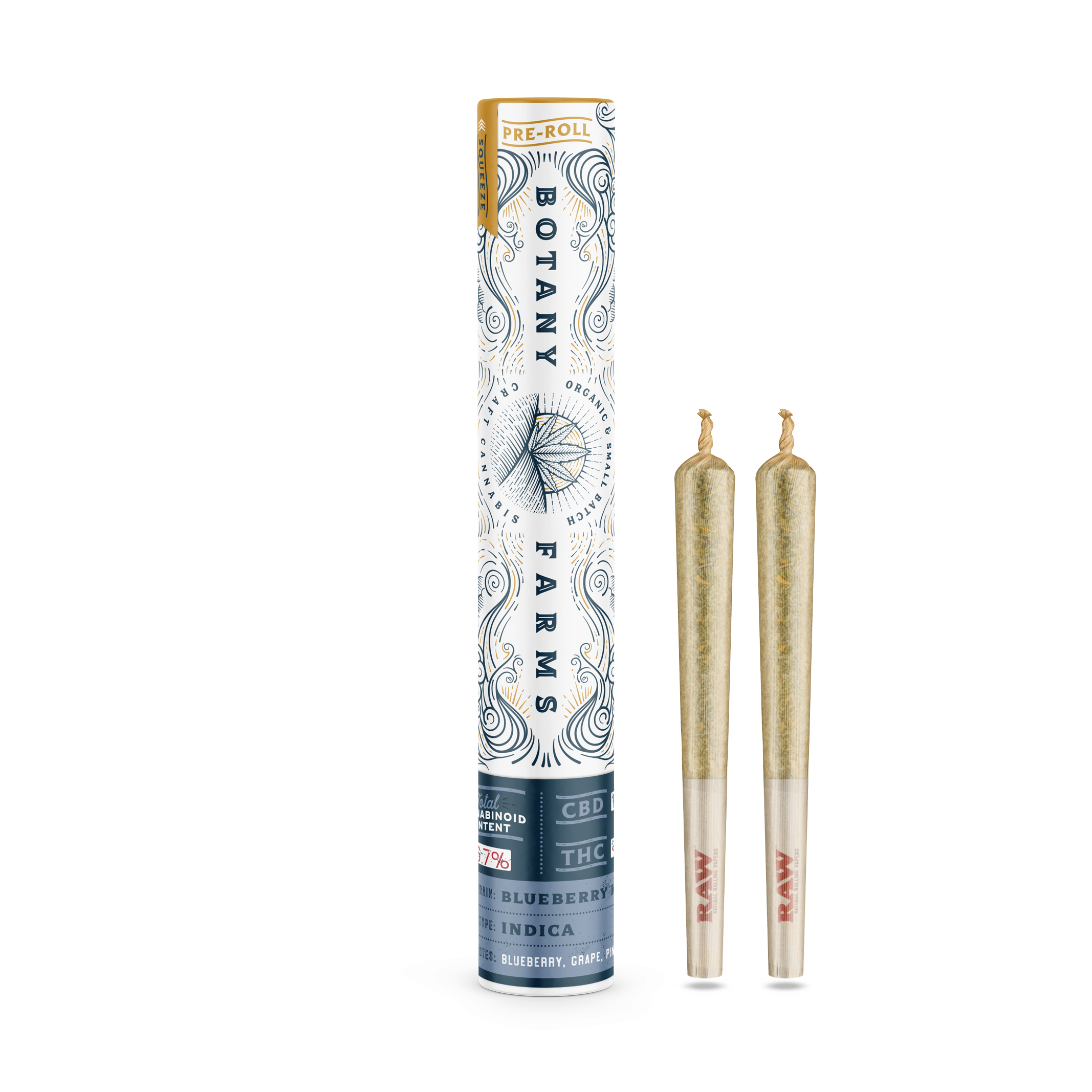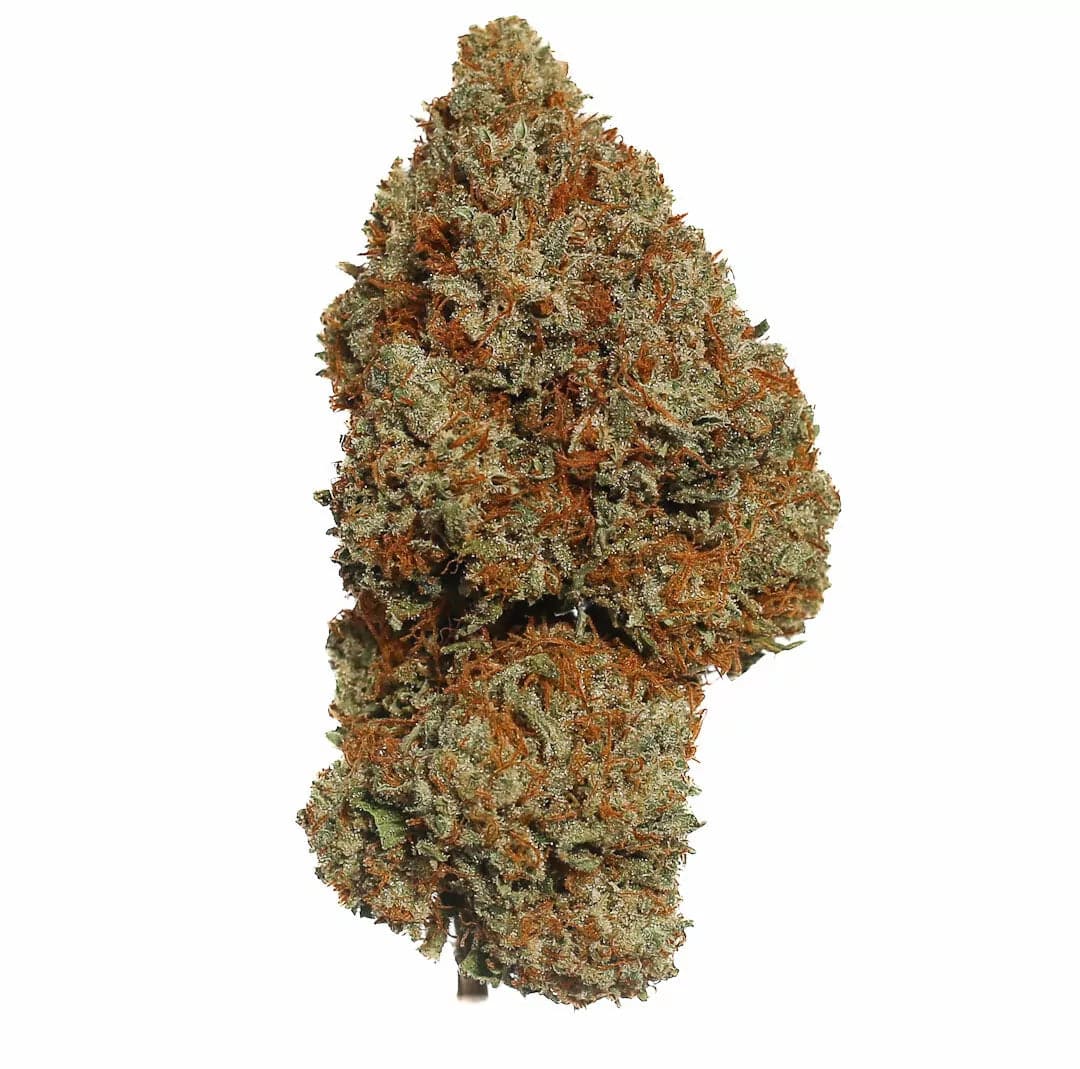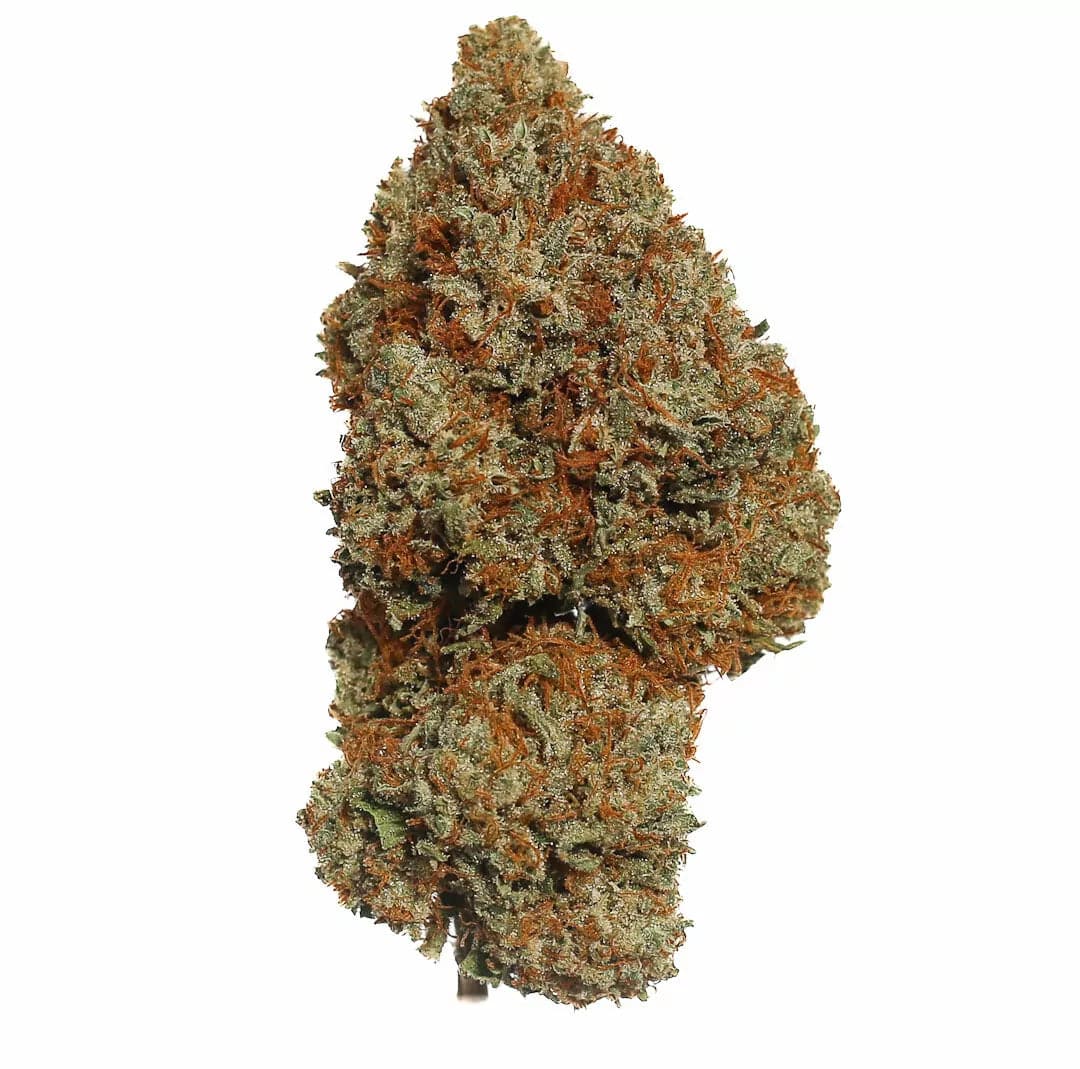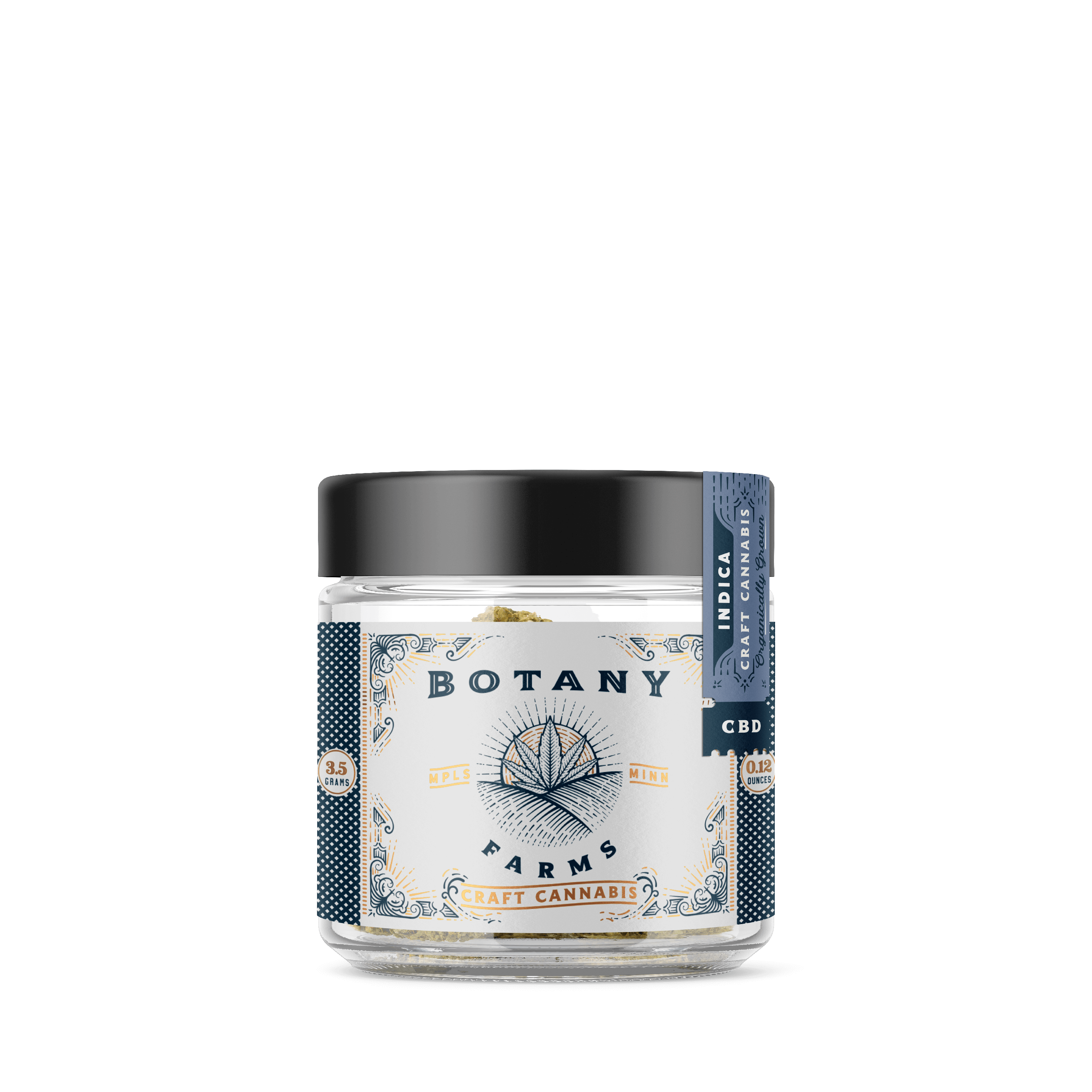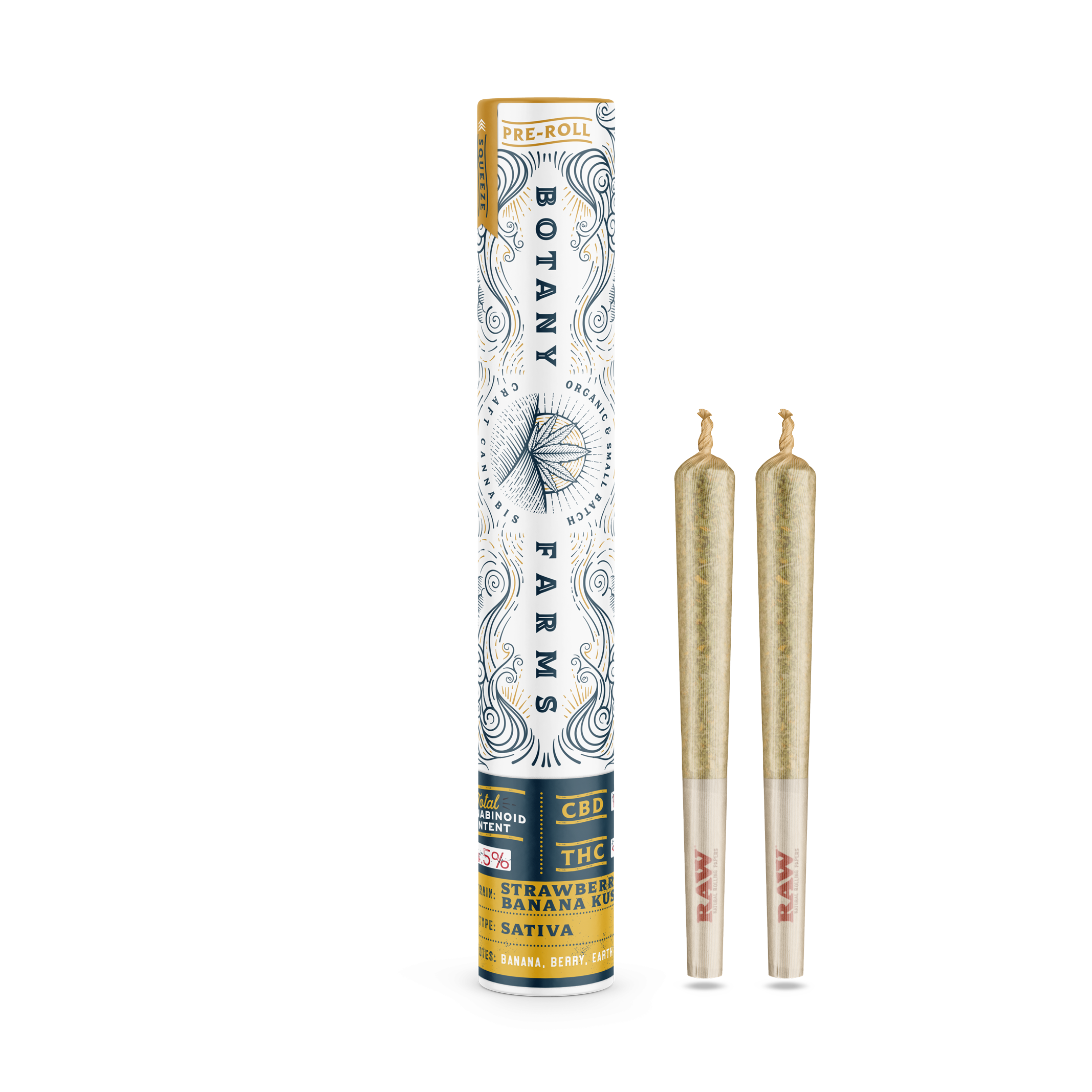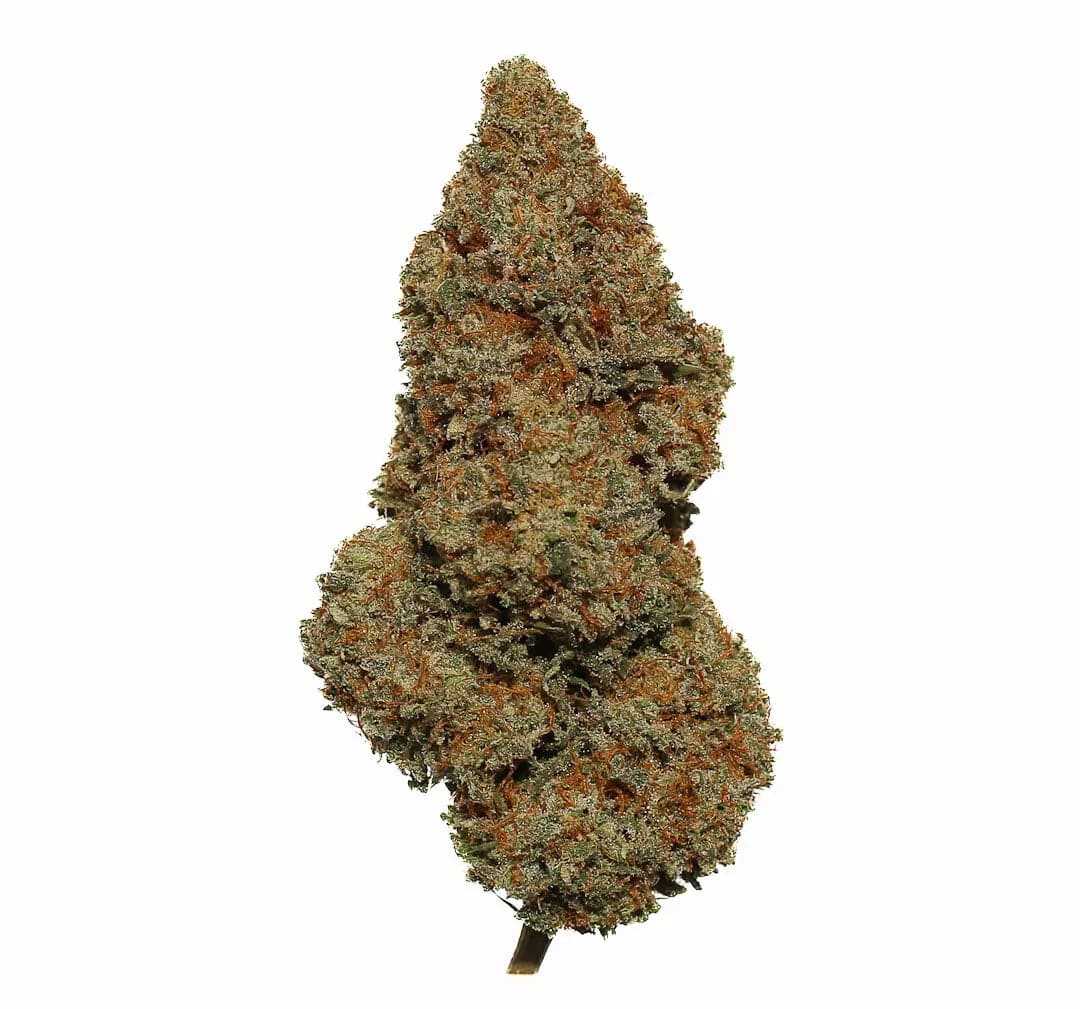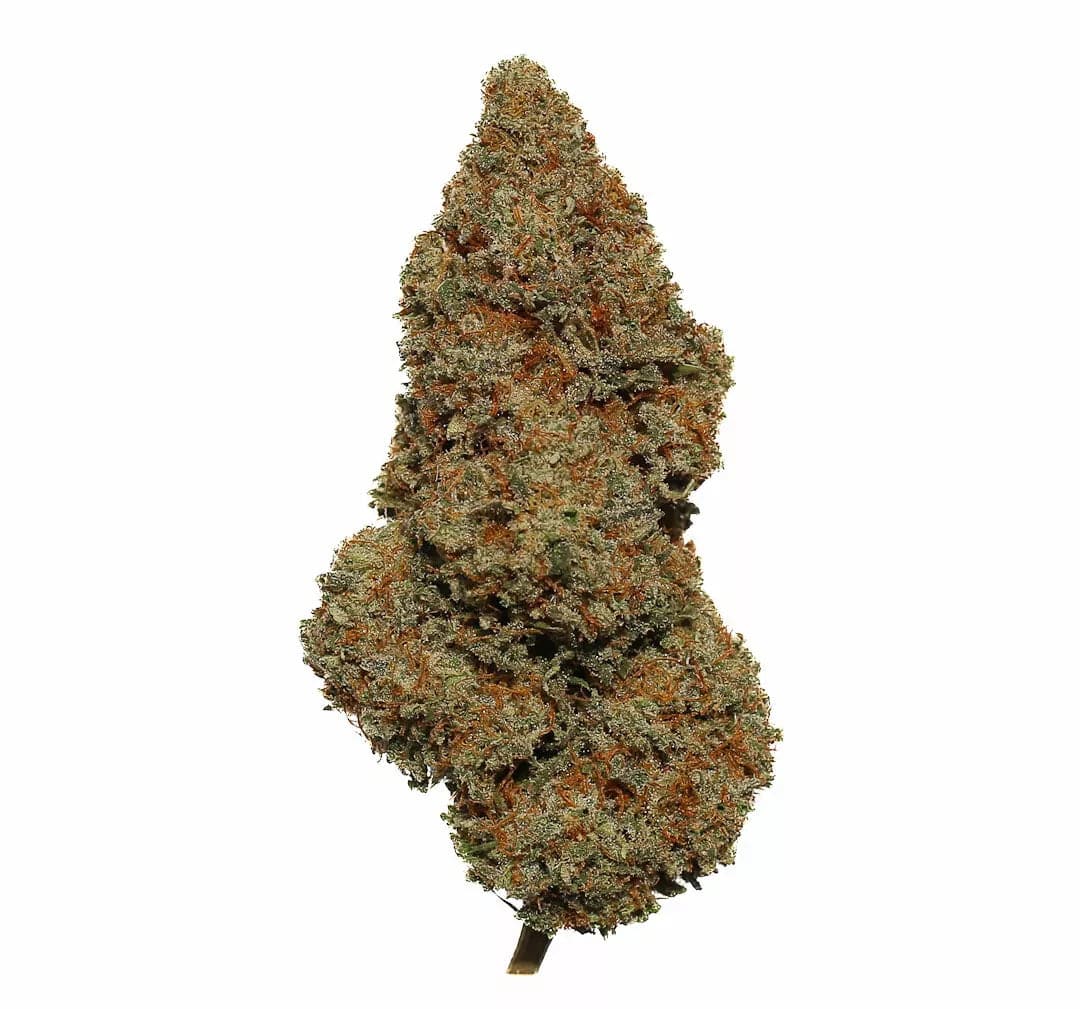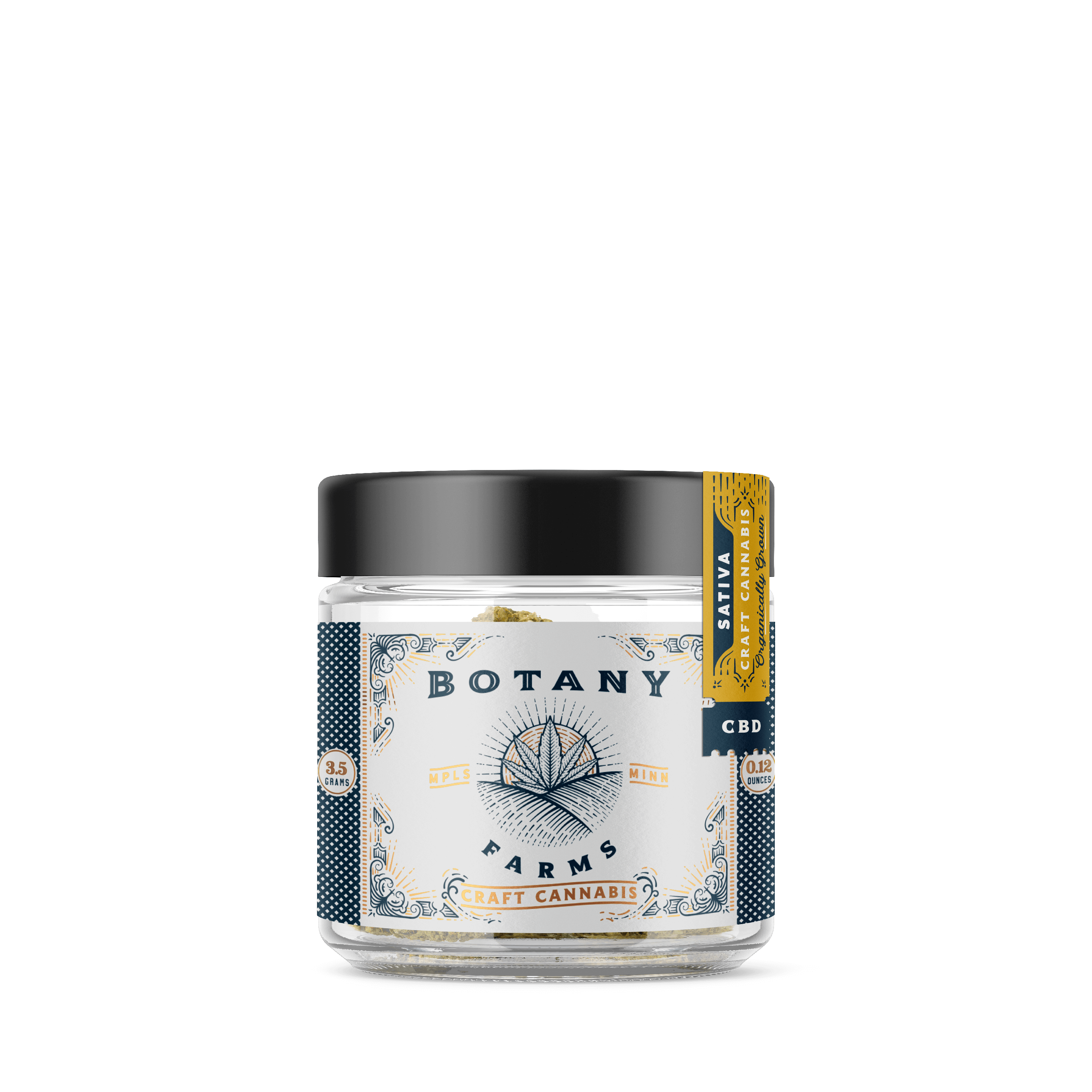- Key Takeaways
- What is CBD Cream?
- What is CBD Salve?
- CBD Cream vs Salve: What Are the Differences?
- CBD Salve vs. Cream: How Are They Made?
- What Are the Potential Benefits of CBD Topicals?
- How Long Does it Take for CBD Topicals to Work?
- What’s Stronger, CBD Cream or Salve?
- Which Option Has Better Absorption?
- Can You Take Too Much Topical CBD?
- Final Thoughts
Knowing the difference between various forms of cannabis or hemp products can be really challenging. After all, when it comes to topical applications alone, there are creams, salves, lotions, moisturizers, oils, and more. Figuring out what sets these different types of topical CBD products apart can be a bit confusing.
While all of these things are somewhat similar, there are key differences between them that you need to be aware of. Although they all share many of the same general benefits, different types of topicals excel in different areas. There are also differences in terms of ingredients, consistency, and how these products are best used.
Today, we want to do an in-depth CBD salve versus cream comparison to figure out exactly what both of these products are and what sets them apart. We'll also be taking a look at how both are made, what their main benefits are, and more. By the end of this article, you should be an expert on topical CBD applications.
Key Takeaways
-
There are many different types of CBD topicals including creams, salves, lotions, oils, and more.
These topical CBD products all feature many of the same benefits concerning pain, inflammation, and the skin, although they differ in terms of ingredients, absorption, and shelf life.
CBD salves are usually much thicker and slower to absorb than CBD creams, but also have a longer shelf life. Take a look here to figure out how much CBD to take.
What is CBD Cream?
CBD cream is a topical skin cream that is infused with CBD or cannabidiol. Creams are generally a combination of water, oil, emulsifying agents, and in this case CBD extract. CBD is oil soluble, which is why CBD creams must contain some oil, to hold the CBD, which is then applied to your skin.
An emulsifying agent is required to allow the oil, the CBD extract, and the water to blend together into a homogeneous mixture.
You can imagine CBD cream being much like any other skin cream you have at home, simply with the addition of CBD. Because CBD creams contain water, they are also prone to developing bacteria and mold. For this reason, CBD creams often don't have the best shelf lives, or if they do, it's because there are added preservatives to increase the shelf life.
CBD creams may also contain a variety of additional ingredients such as minerals, vitamins, additional moisturizers, cannabis terpenes, scents, and more. CBD creams may be used for a variety of issues, including muscle and joint pain, peripheral neuropathy, arthritis, skin conditions, and more. You may find CBD creams that also contain THC, although these are not nearly as common.
THC also has potential benefits in terms of skin conditions and pain relief, so it may be included in some products. However, the reason why it is not very common is because people usually want THC for its psychoactive properties. The issue is when THC is applied topically to your skin, it does not cause any intoxicating or psychoactive effects, therefore realistically just wasting the THC.
What is CBD Salve?
We then have CBD salve, which is somewhat similar to a CBD cream in the sense that it is designed for topical application. In a CBD salve, the majority of the ingredient is beeswax, or if it is a vegan product, it may be vegetable wax.
There is then a carrier oil, such as olive oil or coconut oil, which the CBD extract is infused into, and yes, there is a basic form of CBD extract included here as well. Remember that the carrier oil is necessary because CBD extract is oil soluble.
When they are cold or at room temperature, they tend to be rather solid and crumbly, as beeswax usually is, and then begin to become soft and melt when heat is applied to them, such as from your skin.
For this reason, CBD salves are very oily. Furthermore, because beeswax does not contain any or much water, salves are also not prone to developing bacteria or fungi. This means that they in turn have a great shelf life. These products are also fantastic for topical application and may be ideal for people suffering from skin conditions like dry skin, localized pain and inflammation, and more.
What is interesting to note is that the use of salves, not specifically CBD salves, but salves in general, can be dated all the way back to ancient Egypt. In ancient Egypt, it is believed that salves were used to help treat pain, inflammation, and infection, and even to mummify the dead.
Just like with CBD creams, there are also some CBD salves that may contain THC, but remember that THC will not get you high if applied topically, which is why many people avoid this altogether.
If you’re looking for a CBD product that can be applied topically, sublingually, or ingested, then our own Botany Farms CBD + THC Tincture might be right for you!
CBD Cream vs Salve: What Are the Differences?
One of the biggest differences between CBD creams and CBD salves is their ingredients. CBD salves usually contain fewer ingredients and are usually just made out of beeswax, a carrier oil, and a CBD extract. Because there is no water involved here, there is also no need for an emulsifying agent.
Therefore, with CBD salves, you usually won't see all that many ingredients listed on the package, particularly if it is an organic and natural product that does not contain any additional ingredients. The most basic of CBD salves should just contain the beeswax, the carrier oil, and the CBD extract.
On the other hand, with a CBD cream, there is just a little bit of a carrier oil combined with a lot of water, emulsifying agents, and often additional ingredients. There tend to be many more ingredients in creams than in salves, especially because many creams also contain additional vitamins, minerals, moisturizers, and other such substances. This difference in the amount of ingredients can generally be seen in most of these products.
That first main difference of varying ingredients leads to the next main difference, which is texture and absorption rate. CBD salves are generally hard and crumbly when cold or at room temperature, and only become oily or thin when they are heated up. This is unlike creams, which are usually always very thin and easy to spread. Therefore, CBD creams tend to be much easier to spread and apply. On that note, they also absorb into the skin much faster and tend to take effect faster as well.
Although that is of course a big benefit, a drawback of being thin and containing lots of water is that CBD creams also have a much shorter shelf life. The water acts as a breeding ground for bacteria and other unwanted organisms which cause CBD creams to spoil. Because there is no or minimal water in a CBD salve, there's also a far lower chance of bacteria and other unwanted organisms from breeding. CBD salves have a much longer shelf life.
Going back to the texture and absorption rate, a tradeoff to consider here is that although CBD creams absorb faster and take effect faster, CBD salves are ideal for spreading around. Because salves are much oilier, they don't absorb nearly as quickly, which is beneficial for massages. If you're looking to relieve muscle and joint pain, and you really want to massage that CBD into your skin, then a salve is best. The cream absorbs too quickly for an enjoyable massage.
CBD Salve vs. Cream: How Are They Made?
As mentioned above, both CBD salves and creams are just mixtures of relatively simple ingredients. To recap, CBD sound is usually just made out of beeswax or vegetable wax, combined with a carrier oil, as well as a CBD extract.
On the other hand, CBD cream is generally a mixture of a carrier oil, CBD extract, water, an emulsifying agent, and often additional vitamins, minerals, and other moisturizers. In this way, both are relatively similar. The difference in the manufacturing process just lies in the ingredients used.
It does, however, all start with the production of a CBD extract. There are many different ways to extract CBD from the plant matter, and neither a salve nor a cream uses any one specific method. Different products or different manufacturers may use different CBD extraction methods.
CBD may be extracted from plant matter through solvent extraction, carbon dioxide extraction, steam distillation, or even by steeping plant matter in a carrier oil for several hours until the CBD is absorbed by the carrier oil.
In many cases, both CBD creams and salves are made with CBD oil that is made by steeping the plant matter in an oil such as coconut or olive oil. The CBD is infused directly into these carrier oils, which are then mixed with either the beeswax for a salve or the water, emulsifying agents, and other ingredients for the cream.
What Are the Potential Benefits of CBD Topicals?
Although there are some key differences between them, CBD topicals such as creams and salves do share some benefits. Let’s take a look at what these could be.
Acne, Psoriasis, and Eczema
One of the most basic benefits here is skin health. CBD can act as an anti-inflammatory agent that may be able to control the inflammation that is a result of psoriasis and eczema, or even severe acne.
These inflammatory skin conditions are known for causing redness, itchiness, and general discomfort, which a CBD topical may be able to remedy. Acne is often caused by bacteria, and CBD may act as an antibacterial agent, therefore also possibly preventing acne from occurring.
At the very least, the moisturizing properties of both CBD creams and CBD salves could help to relieve some dry and itchy skin. Even if we forget about the actual benefits of CBD itself, creams and salves, particularly when made with the right ingredients, can still have benefits for your skin.
Arthritis
One of the biggest potential benefits of CBD topicals is that they may be able to relieve symptoms associated with arthritis. Arthritis is an inflammatory condition that affects the joints. It is believed that CBD is an anti-inflammatory agent as well as an analgesic. This means that it should be able to help lessen the inflammation caused by arthritis, while also relieving some of the pain associated with it.
Carpal Tunnel Syndrome
Carpal tunnel syndrome is a painful condition where the major nerves that lead to the hand are squeezed and compressed as they travel through the wrist. This may also lead to tingling and numbness in the fingers.
Although a CBD cream or salve cannot reverse carpal tunnel syndrome, it can potentially control some of the pain caused by it. Remember that CBD may act as an analgesic, which means that it should help block pain signals from reaching your brain.
Jaw Pain
Many people suffer from jaw pain due to a variety of issues. Topical CBD application may be able to help relieve some of that pain, whether it is caused by inflammation or other issues.
Muscle Soreness
It is also shown that CBD topicals may be able to reduce muscle soreness and muscle pain. This specific study showed that CBD topicals were able to reduce myofascial pain. Exactly how this was achieved is not 100% known, although it is assumed that CBD has basic painkilling properties which can therefore prevent you from feeling your sore muscles.
Furthermore, CBD may also dilate blood vessels to allow for increased blood flow. When your muscles get more blood flow, they also get more oxygen and protein, therefore allowing them to heal and recover much faster than they otherwise would.
Peripheral Neuropathy
Here we have a study that shows that CBD topicals may also be effective at treating peripheral neuropathy, or at least the pain associated with it. Peripheral neuropathy is characterized by nerve damage, often caused by issues such as diabetes. This nerve damage often leads to tingling, numbness, and pain. CBD topicals may indeed be able to help lessen some of the pain associated with peripheral neuropathy.
How Long Does it Take for CBD Topicals to Work?
Exactly how long CBD topicals take to work depends on a variety of factors, but generally speaking, when applied, you should feel the effects within 30 minutes to 90 minutes. CBD creams usually absorb a bit faster than the salves, so you'll probably feel those a bit sooner.
What’s Stronger, CBD Cream or Salve?
On the surface, there is no difference between creams and salves in terms of strength. How strong these products are depends solely on the type, quality, and quantity of CBD extract infused into the product in question. Some products may have very small amounts of weak CBD extract, whereas other products may have massive amounts of very potent extract. A salve or a cream is not inherently stronger or weaker than the other.
Which Option Has Better Absorption?
Because creams contain much more water than salves and less oil, they absorb into the skin much faster. You can rub a CBD cream into your skin in just a couple of minutes, whereas you can rub for a half hour or longer, and a salve will still at least partially remain on the surface of your skin. Oil just takes much longer to absorb into your skin than water.
Can You Take Too Much Topical CBD?
Realistically, no, you really can't take too much topical CBD. Remember that skin care products with CBD don't actually enter your bloodstream, so the effects don't go past the specific area to which the topical is applied. This means that topical CBD doesn't end up in your liver, your lungs, your blood, or anywhere else.
Therefore, based on that alone, topical CBD applications, no matter the quantity or potency, should not cause any toxic or lethal effects whatsoever. There is no evidence to indicate that high doses of topical CBD are dangerous or toxic in any way. Yes, it is always a good idea to start slow, just so you know what you're in for, but you don't have to be worried in case you applied a little too much of your topical CBD.
You only have so many endocannabinoid receptors in and under your skin, which means that large quantities of CBD topicals applied to a single area will only go so far. There's only so much that your skin can absorb at once, and the rest will likely be wasted. So, although there's no real risk posed to you by taking too much topical CBD, your wallet might think otherwise.
Final Thoughts
The bottom line here is that both CBD salves and creams can have benefits for the health of your skin, specifically related to inflammatory skin conditions, as well as arthritis, peripheral neuropathy, and more.
If you're experiencing pain or inflammation that you think could be remedied by the use of a topical CBD product, then we certainly recommend giving it a shot! CBD salve benefits are here for you to take advantage of! If you’d rather just have some THC, take a look at our own Botany Farms Delta-8 Tincture.



